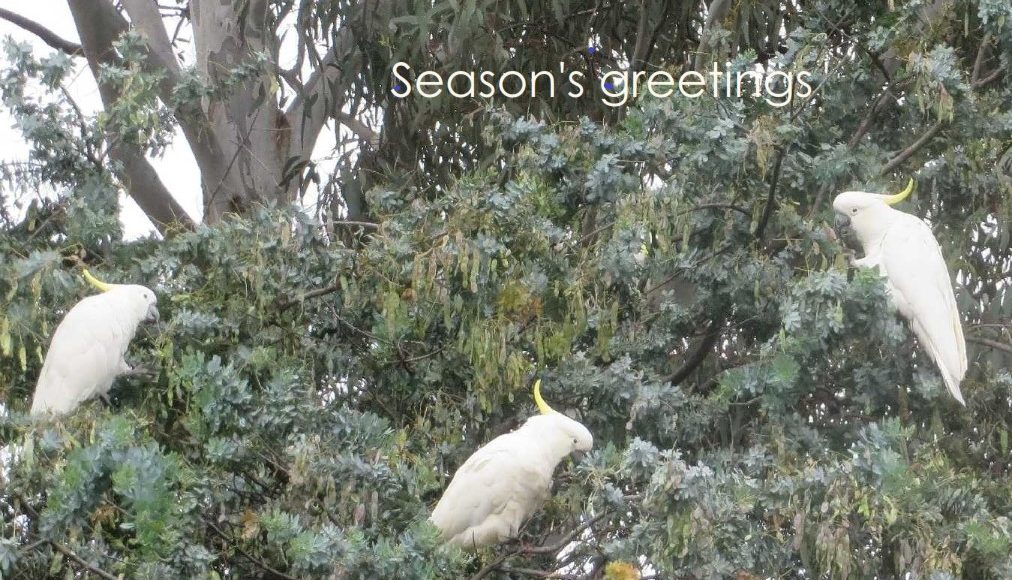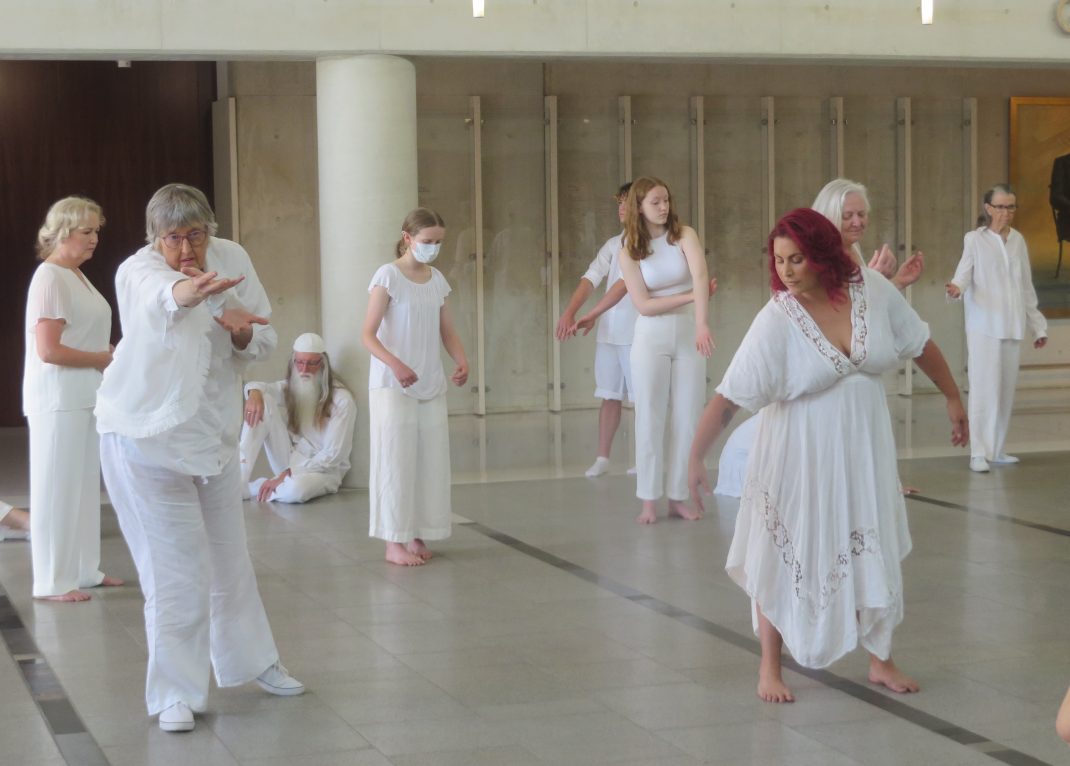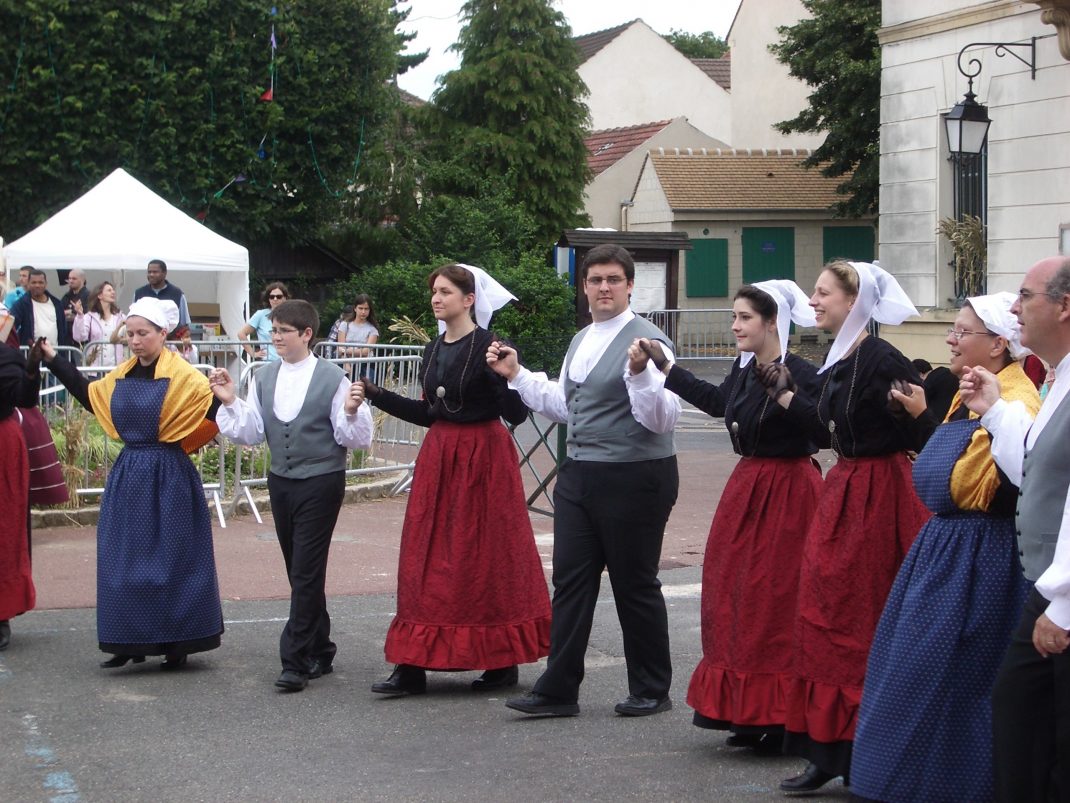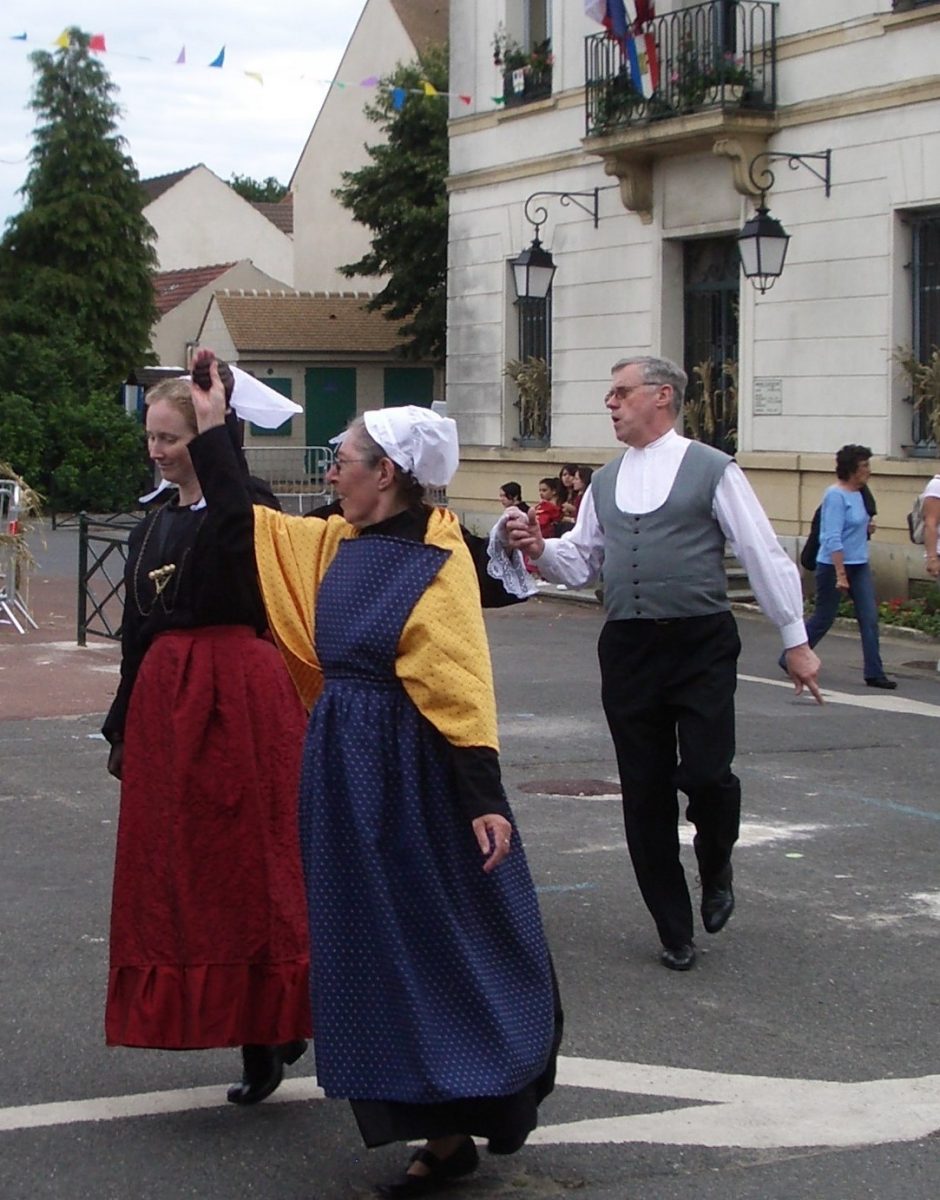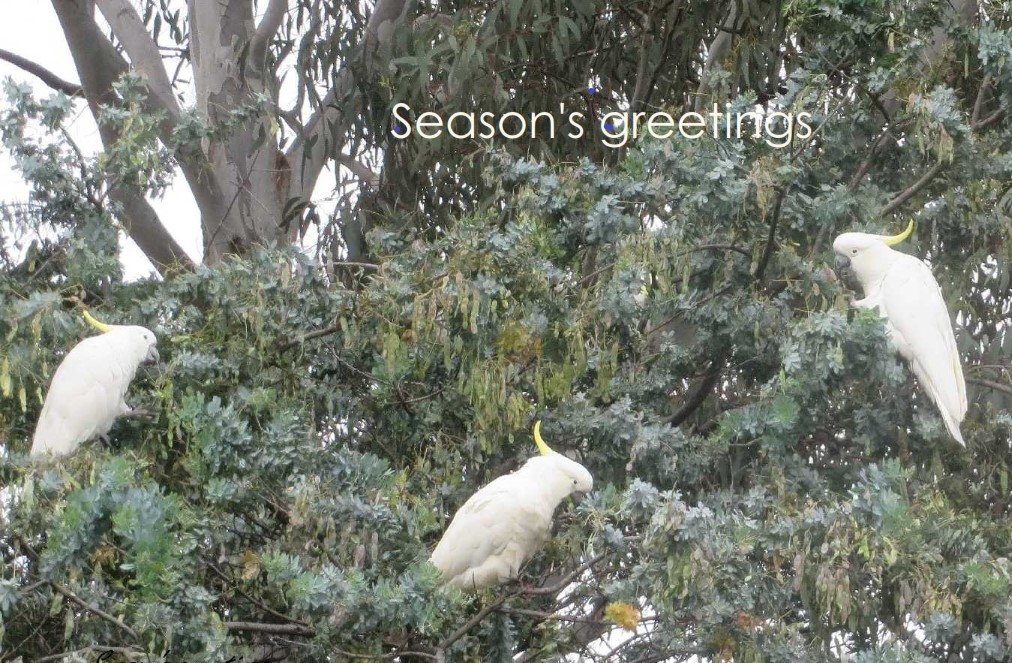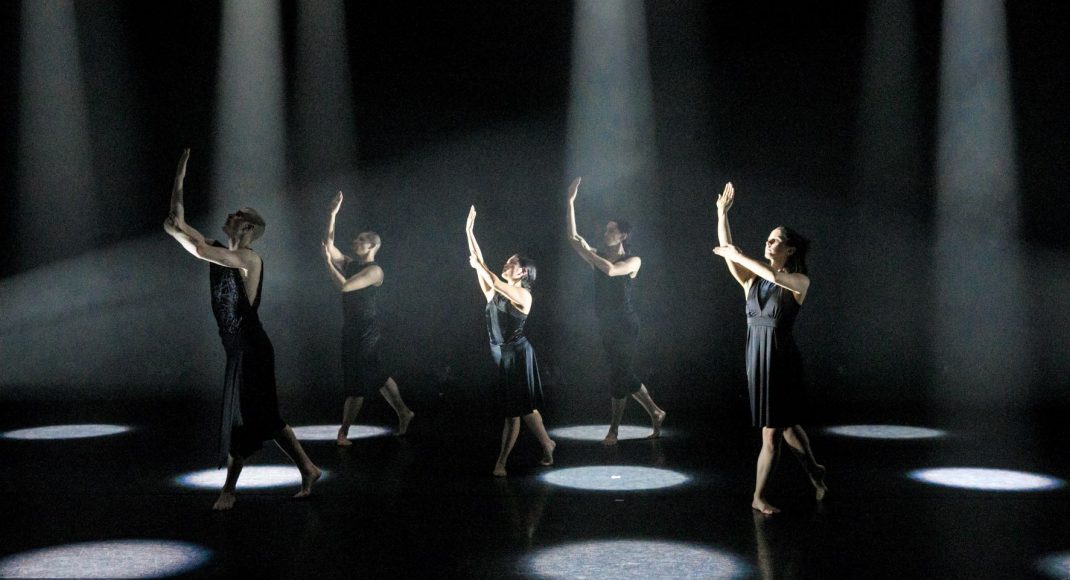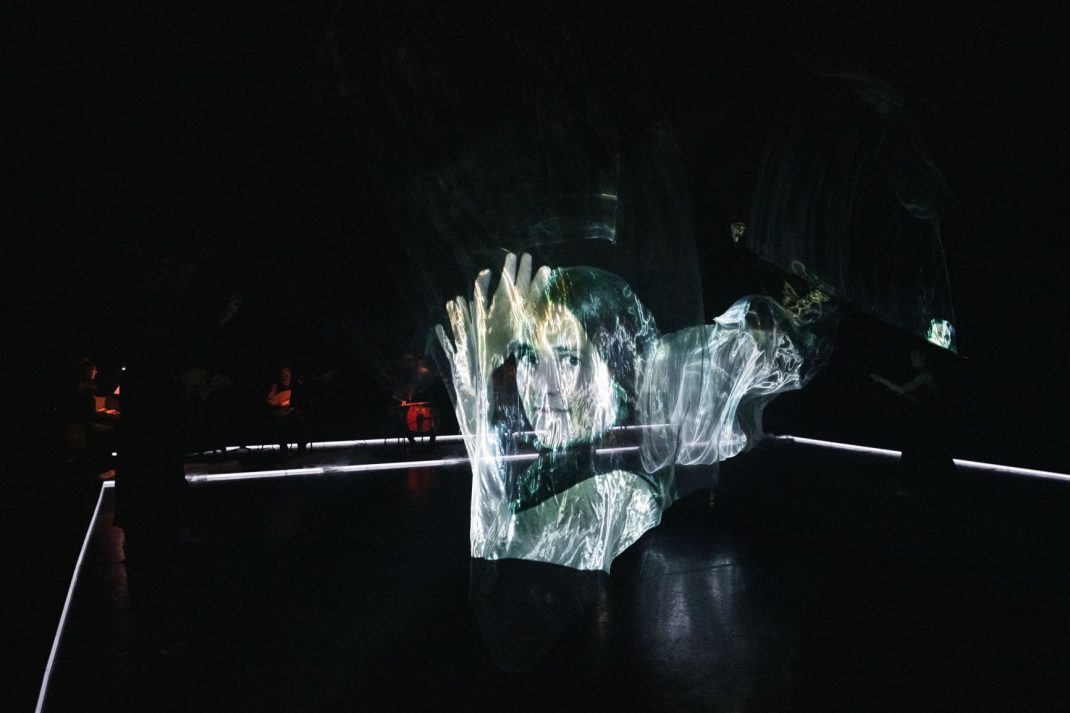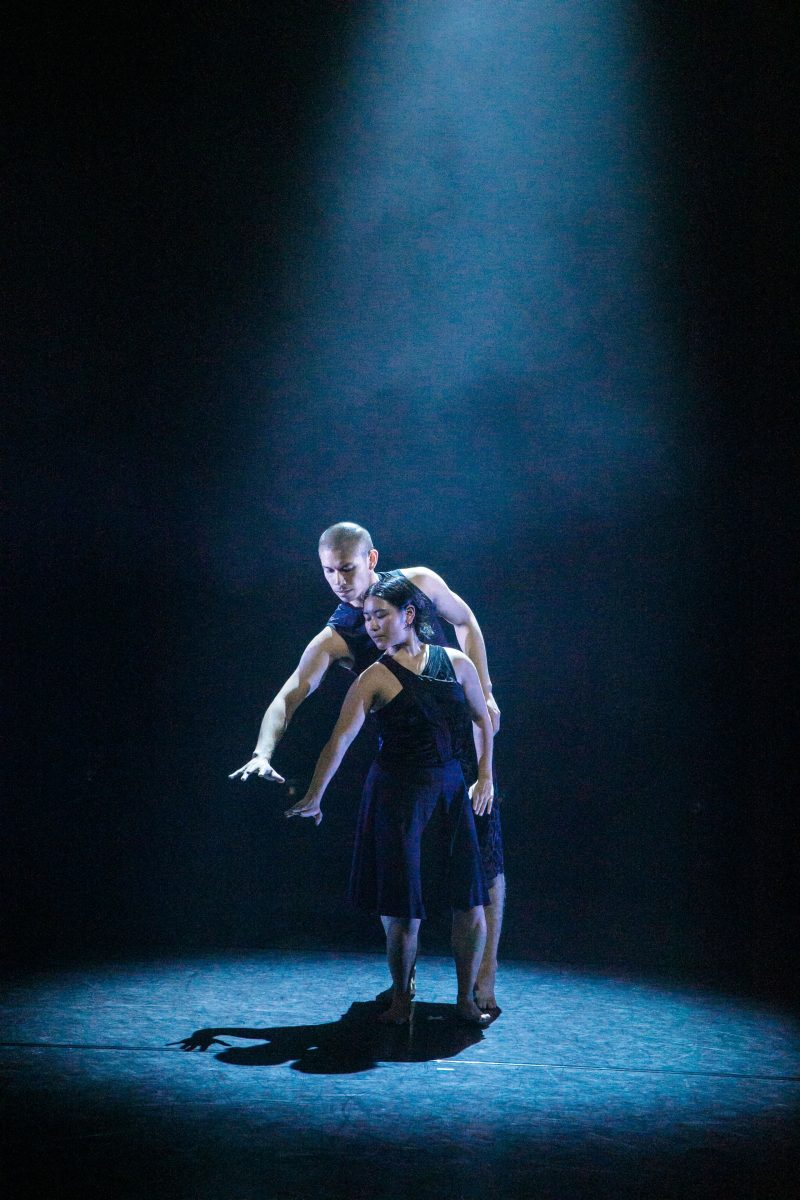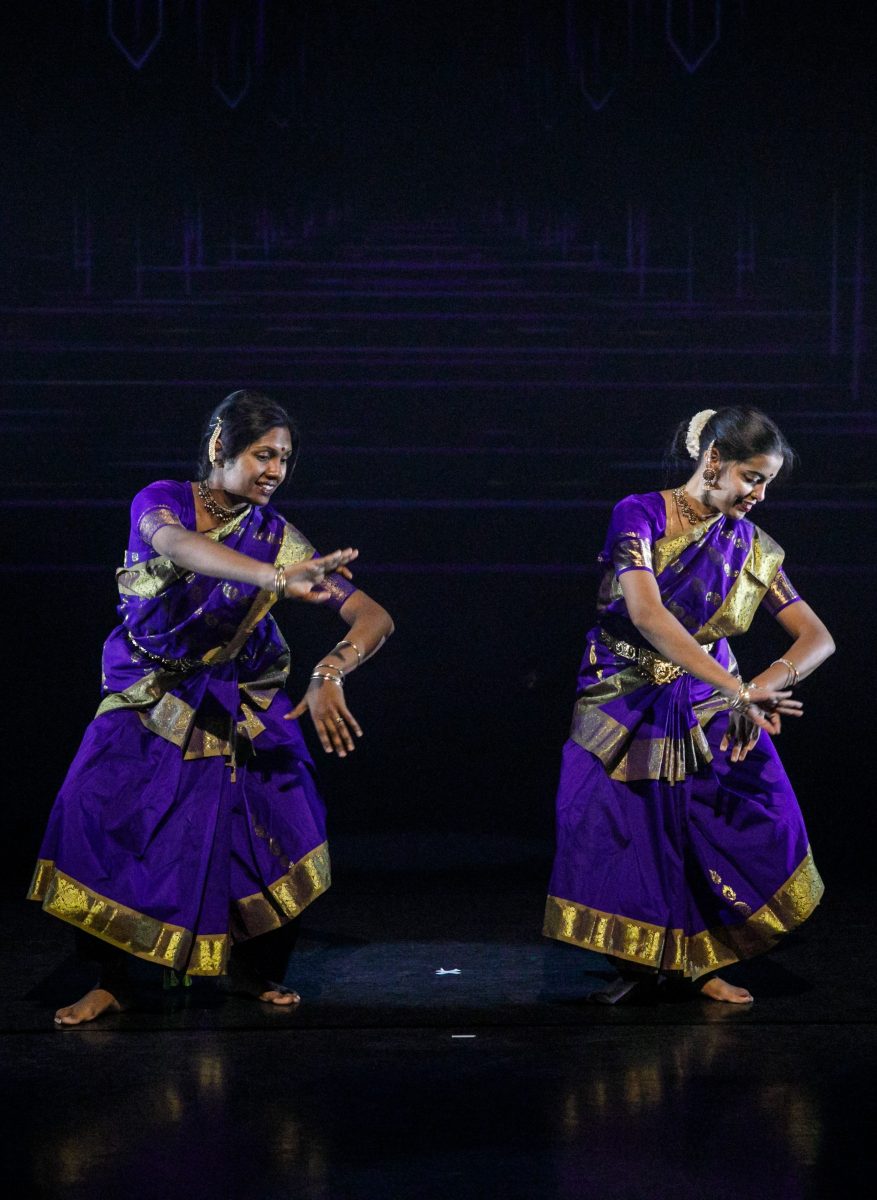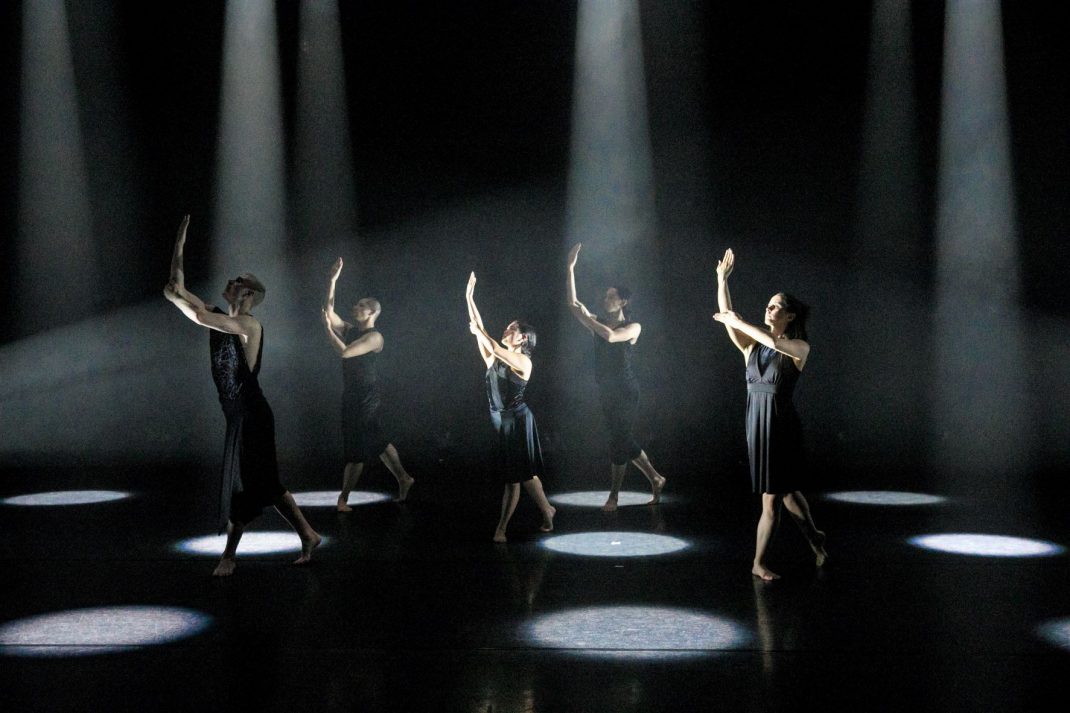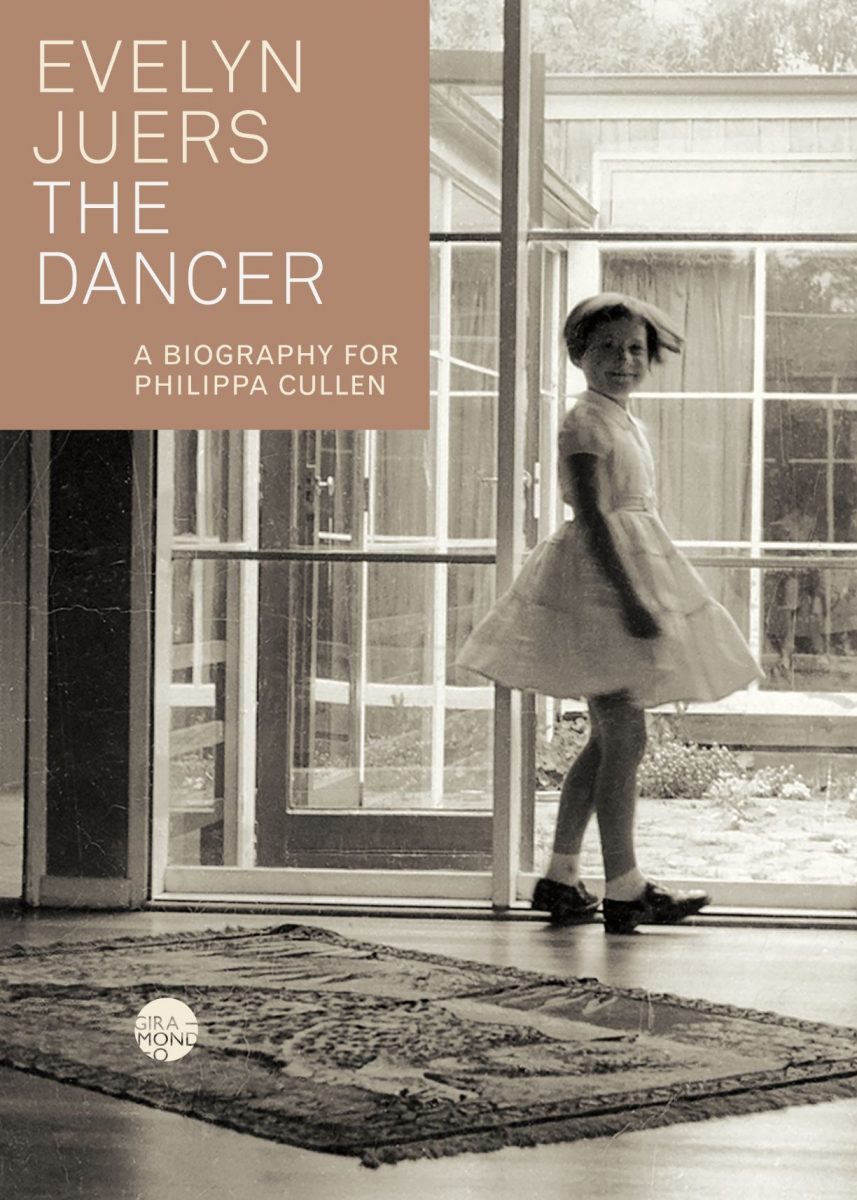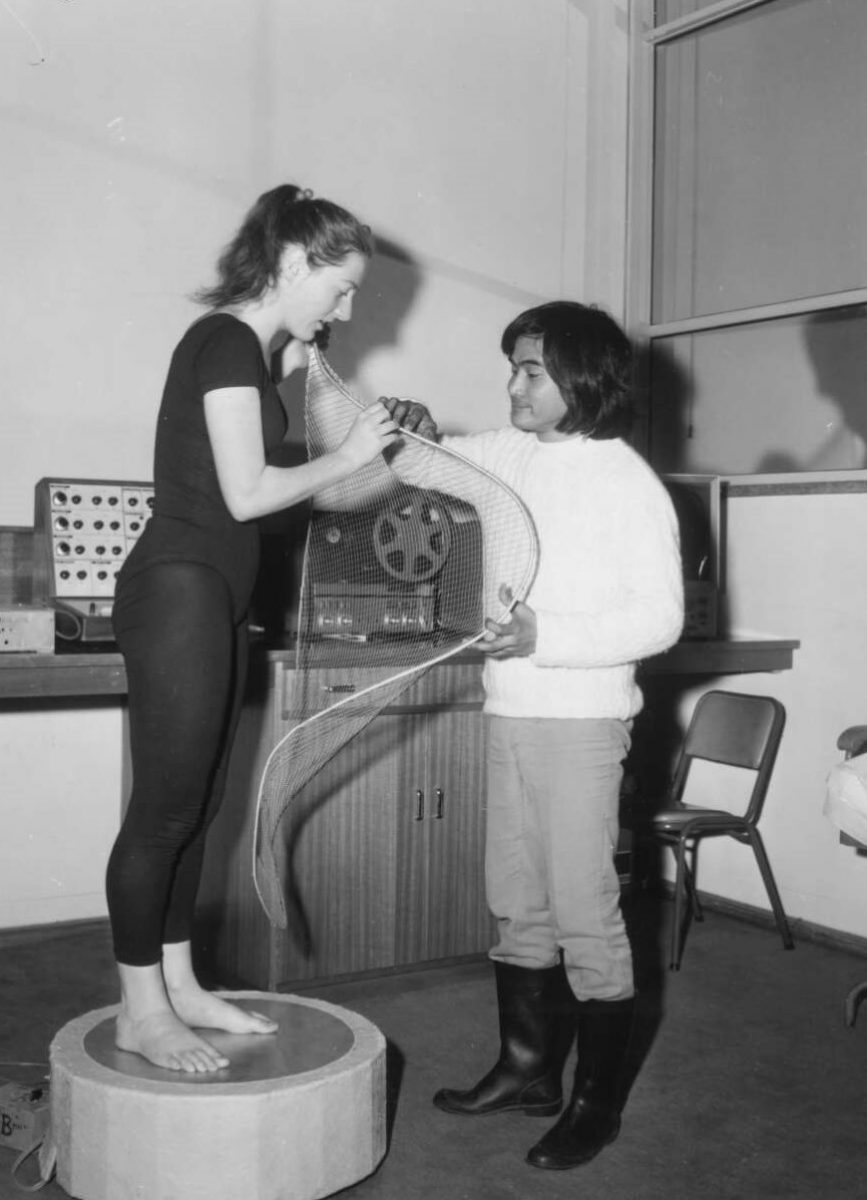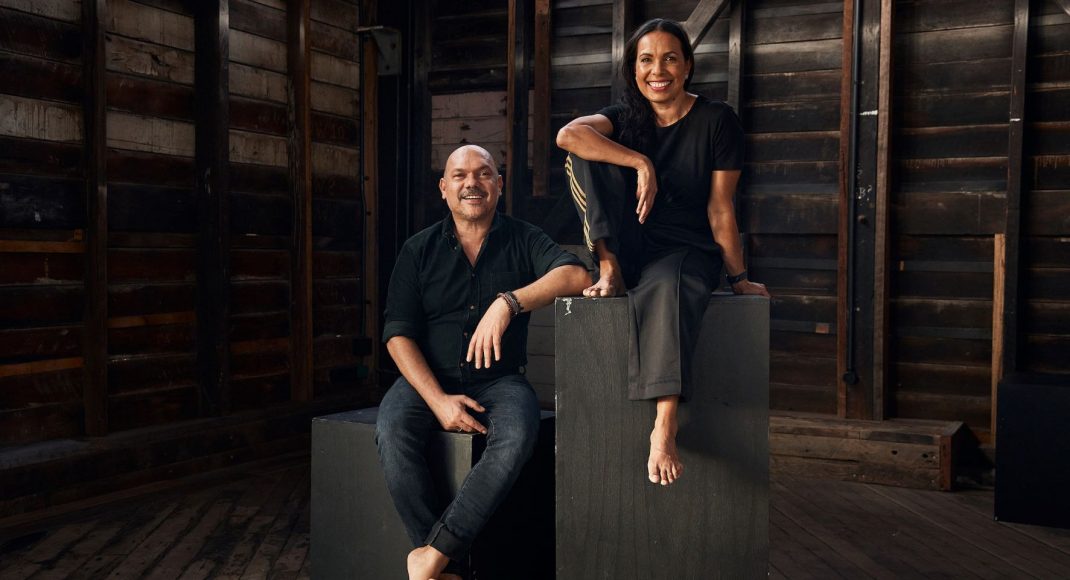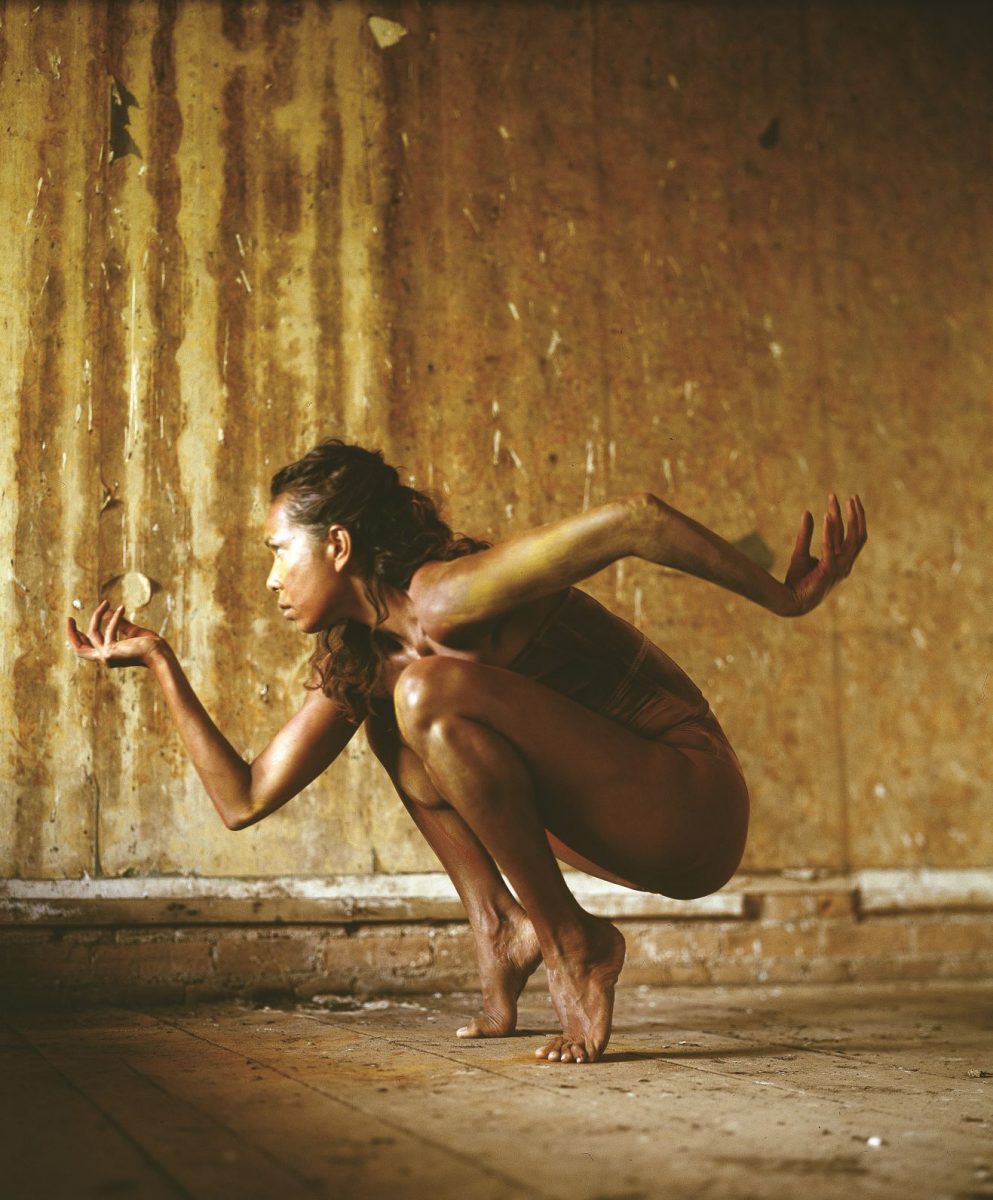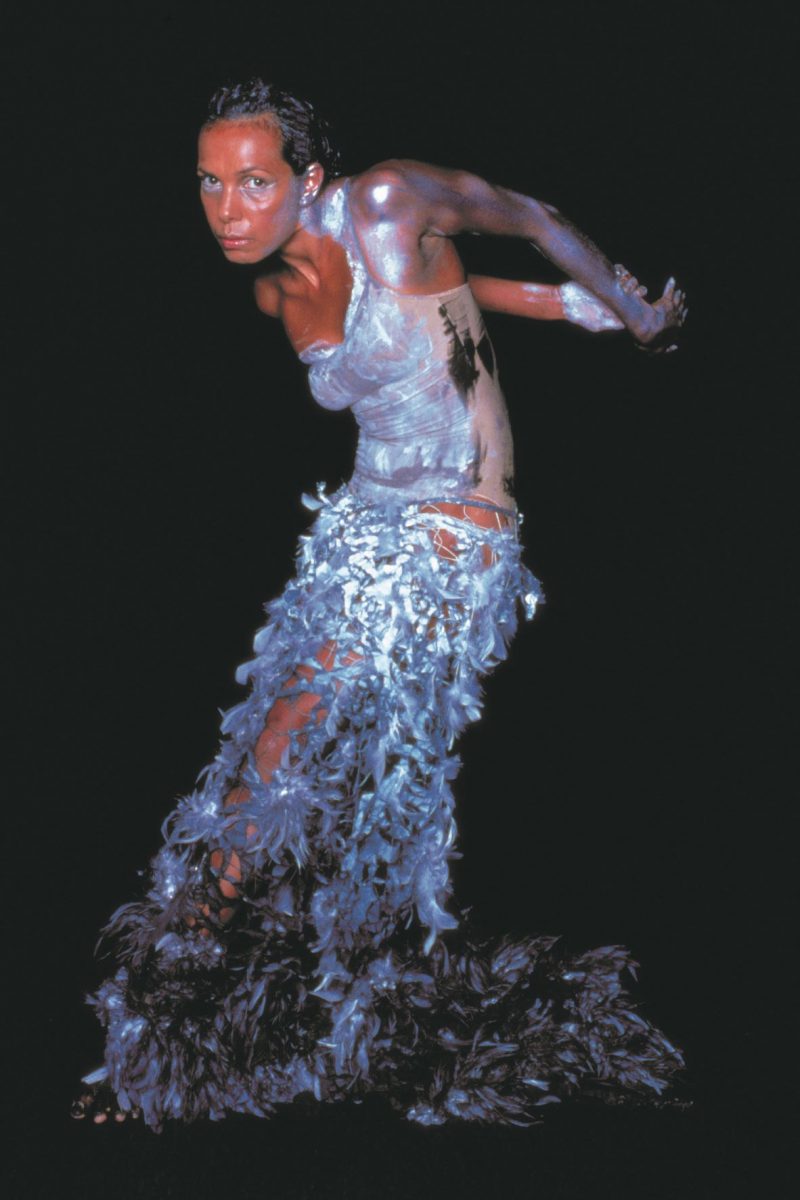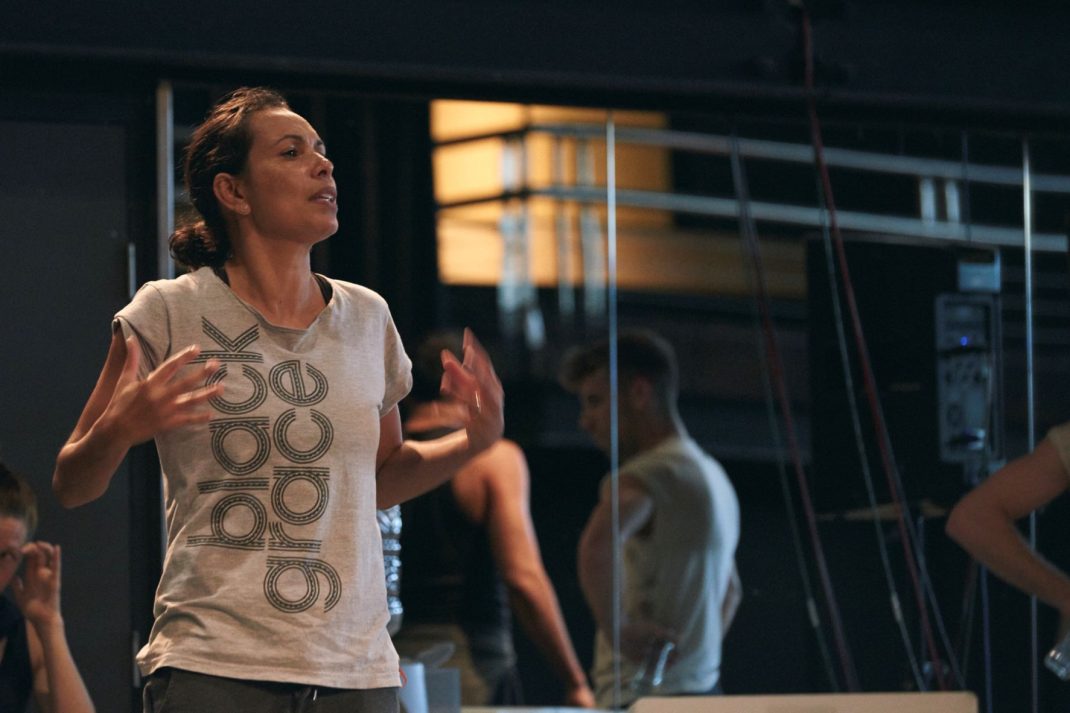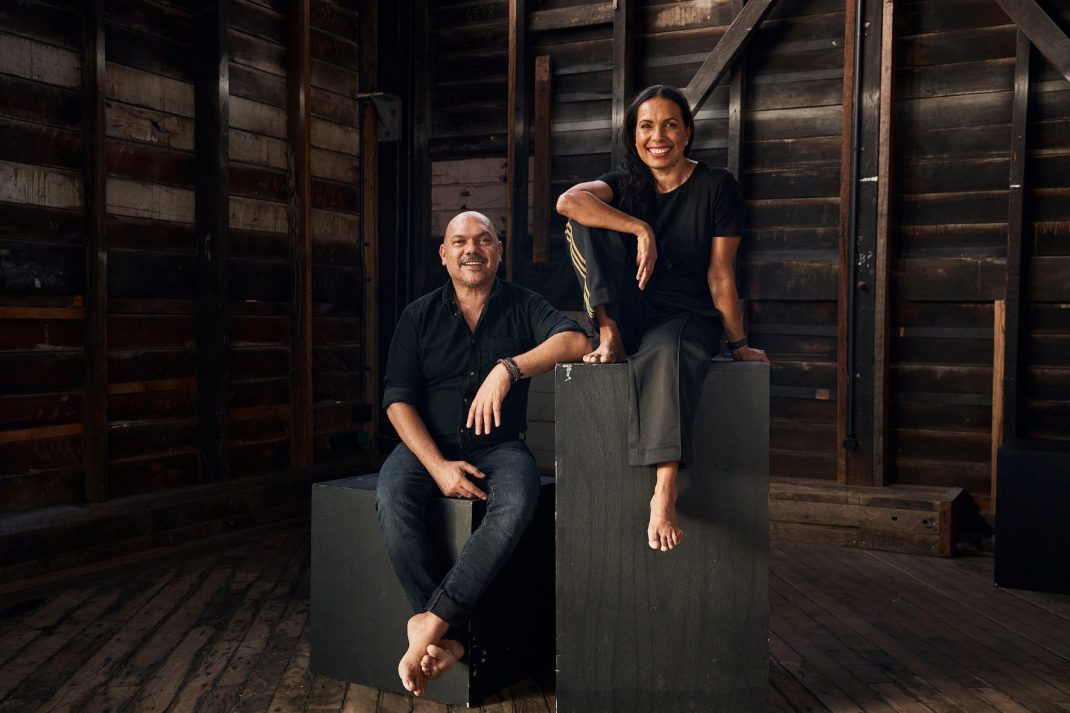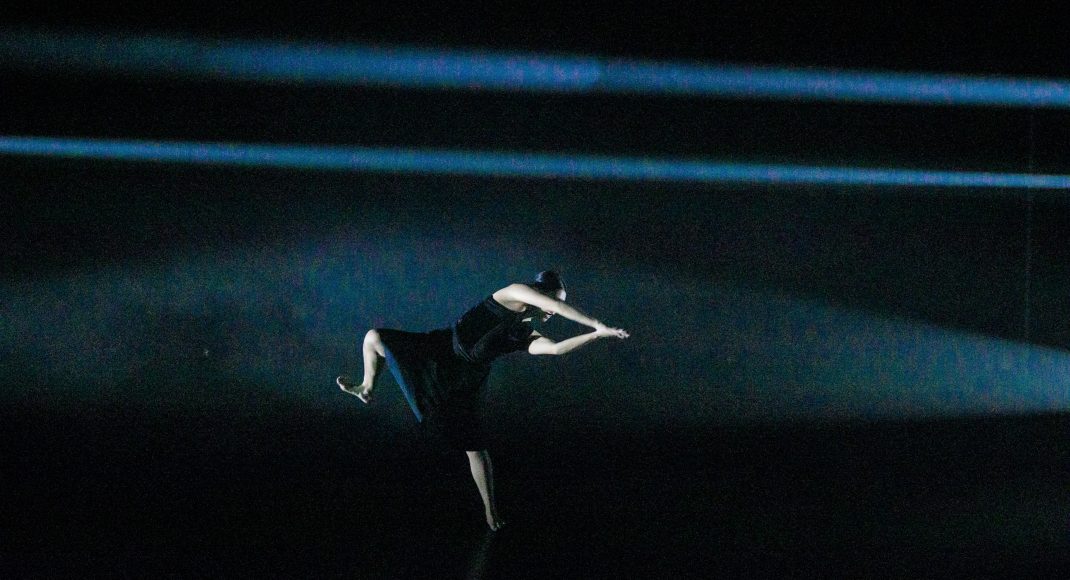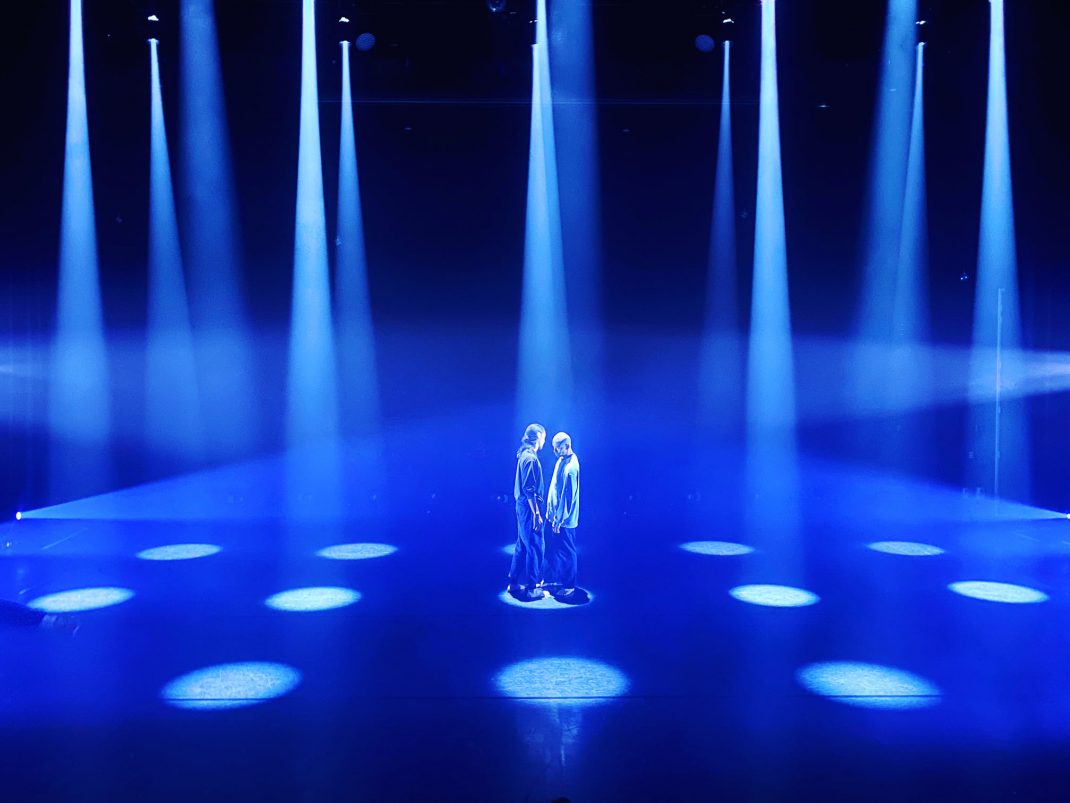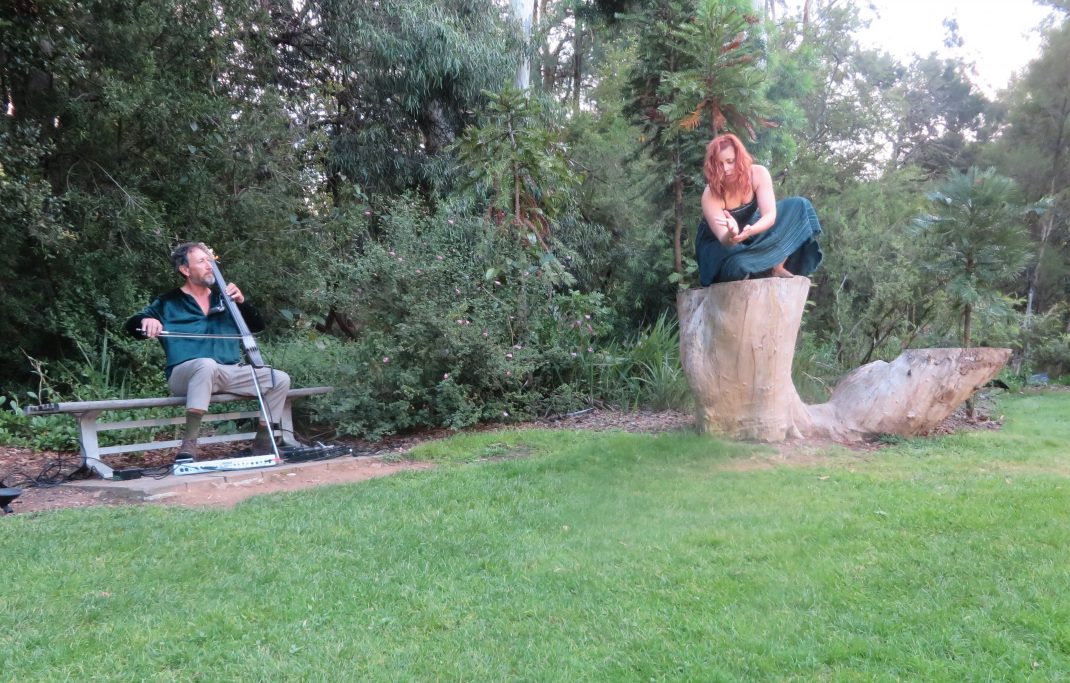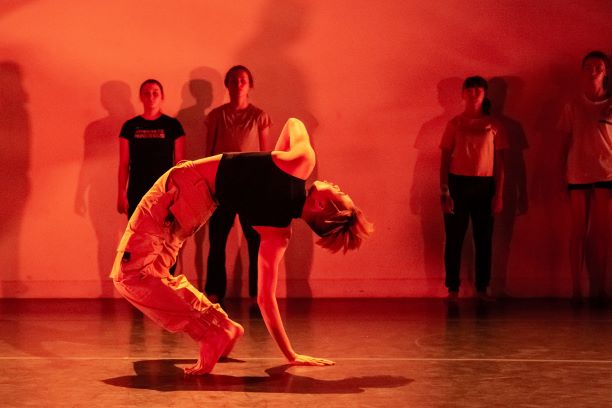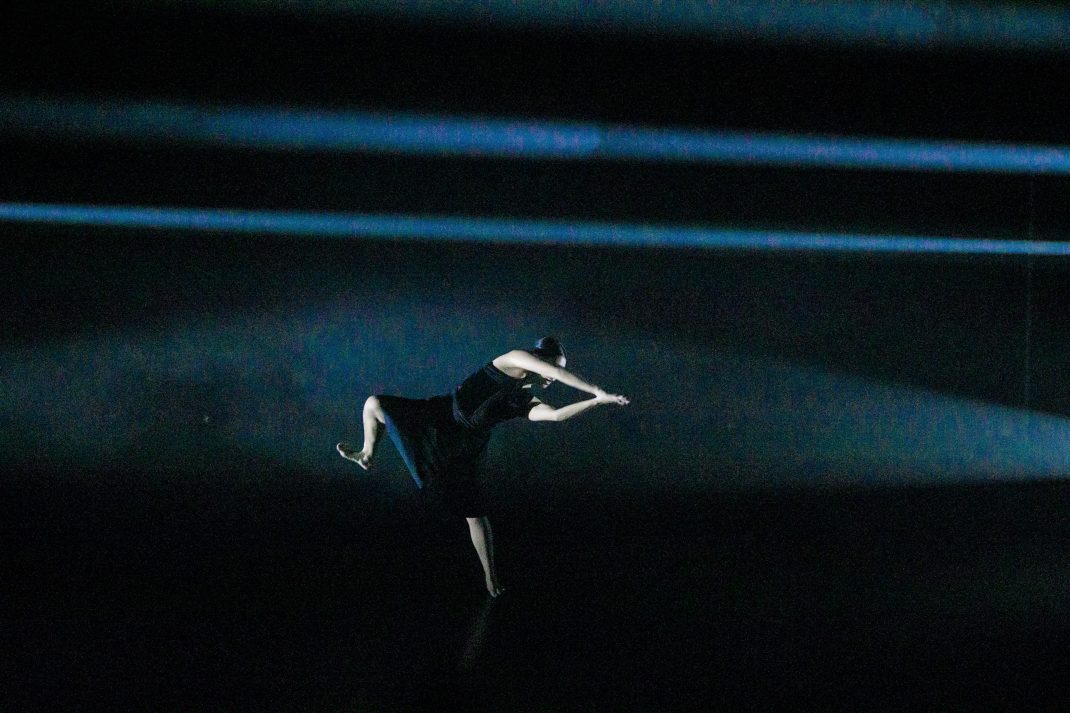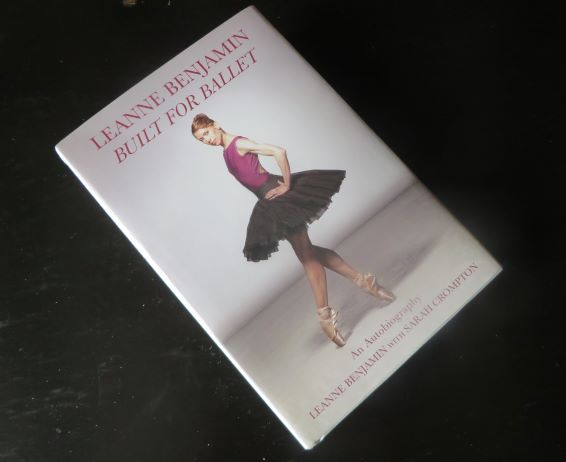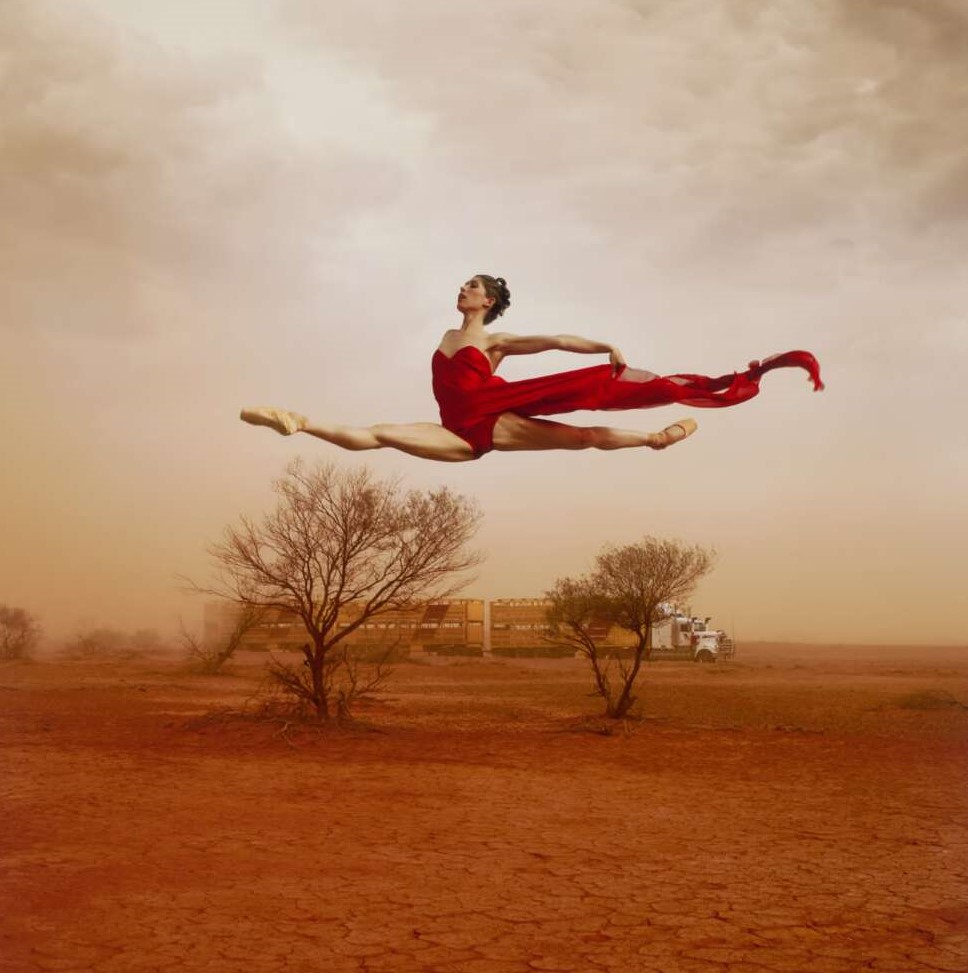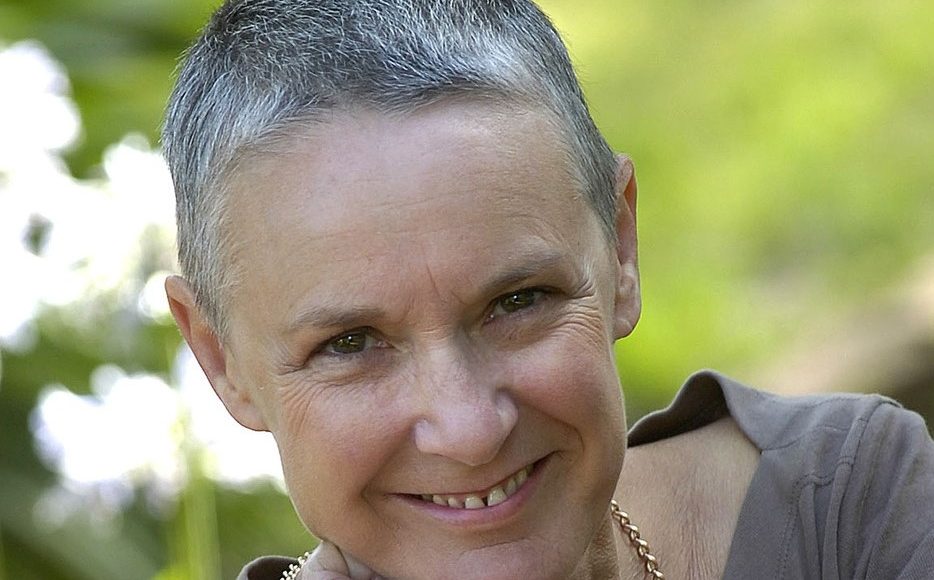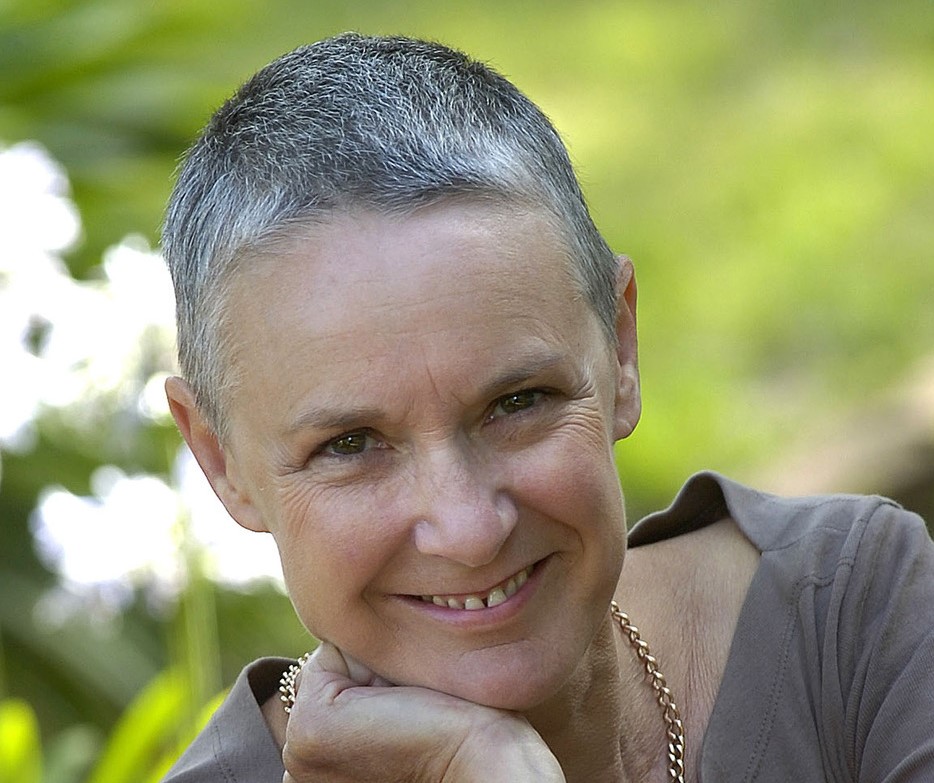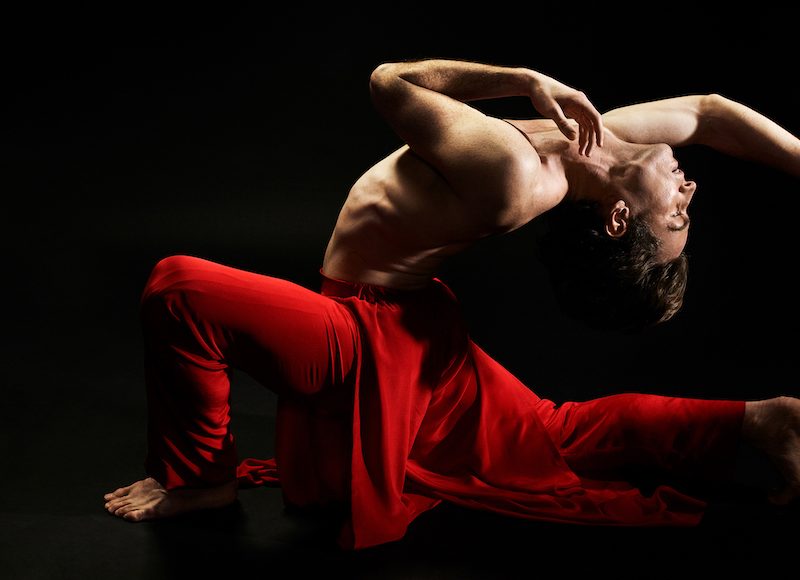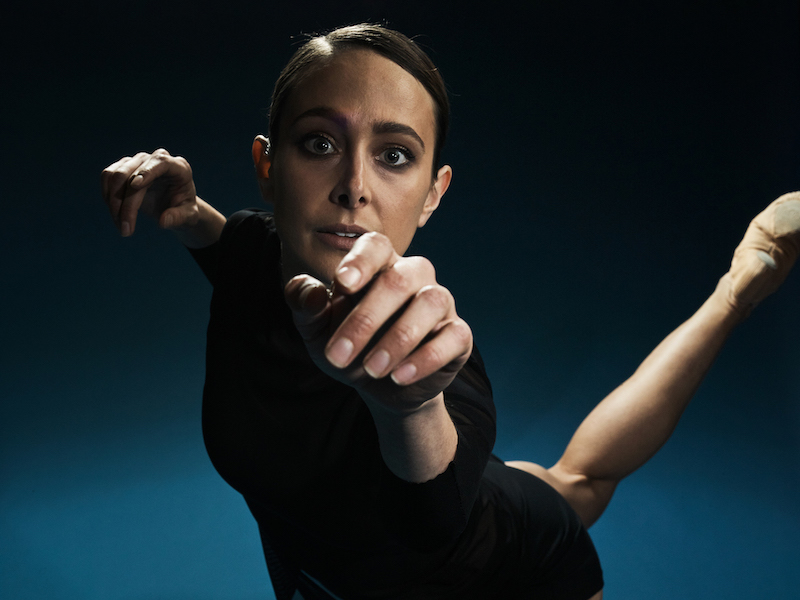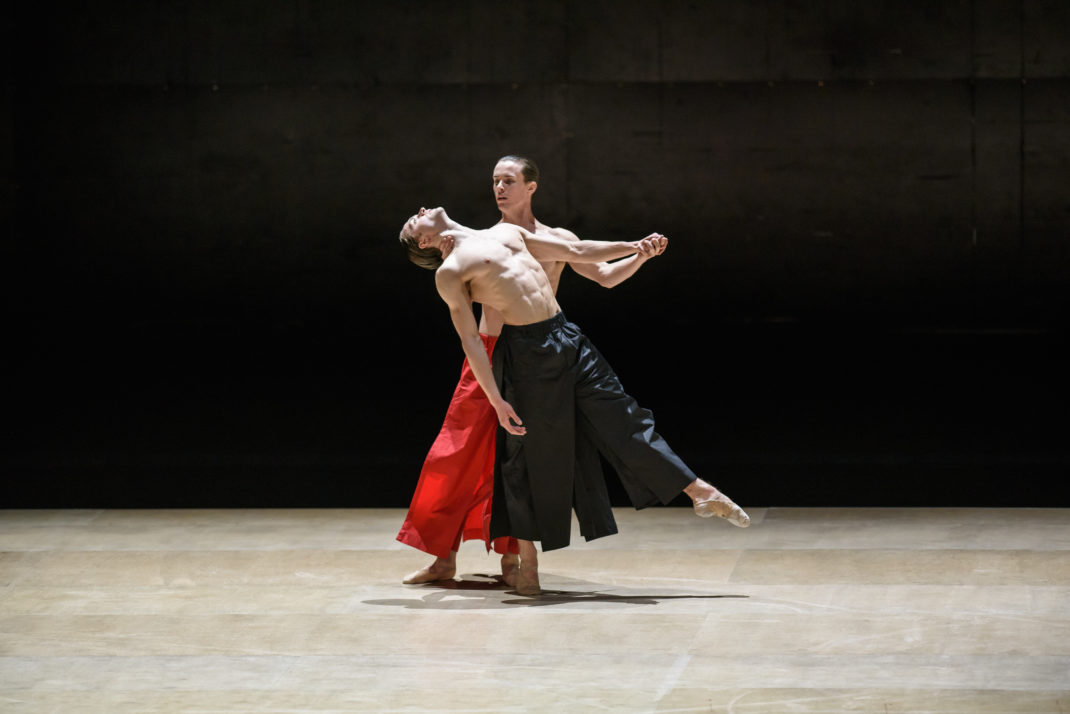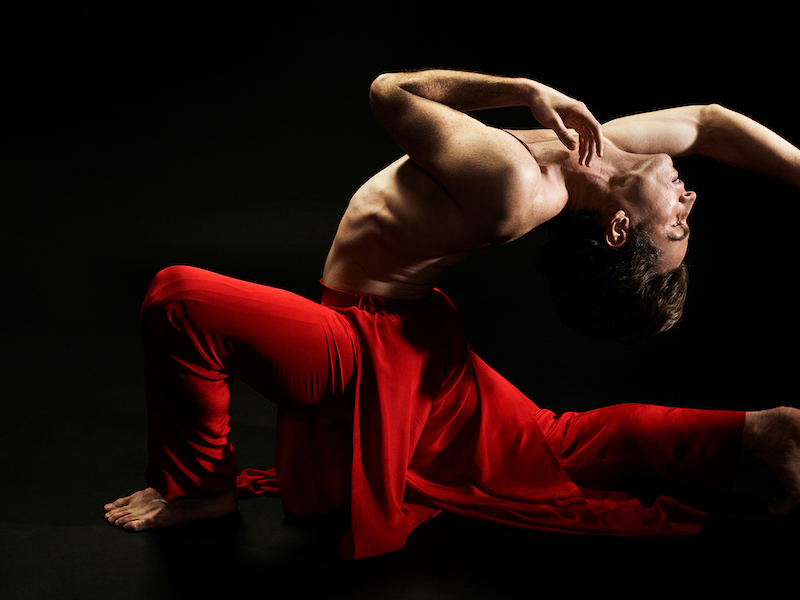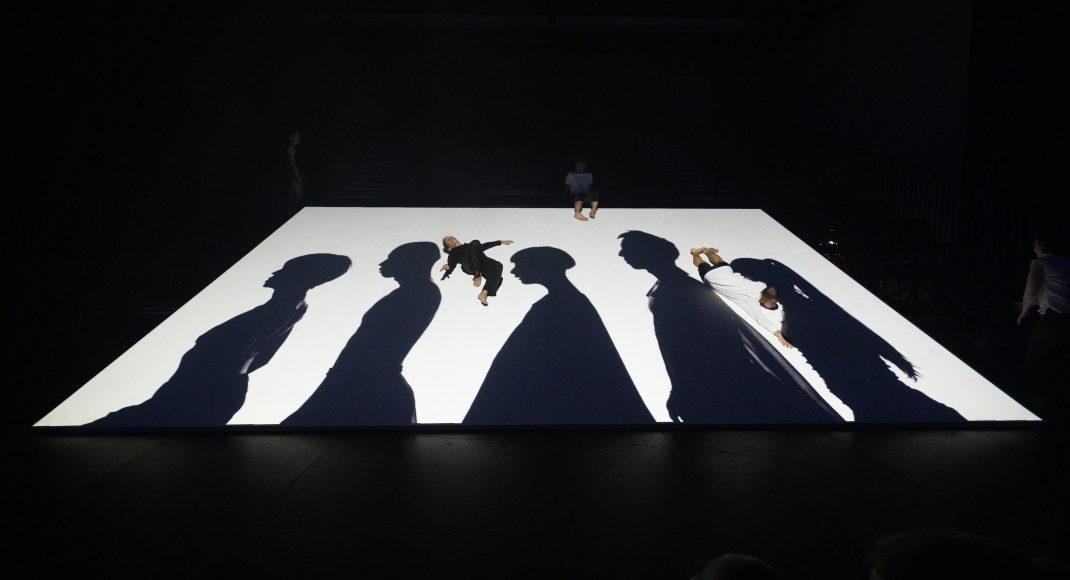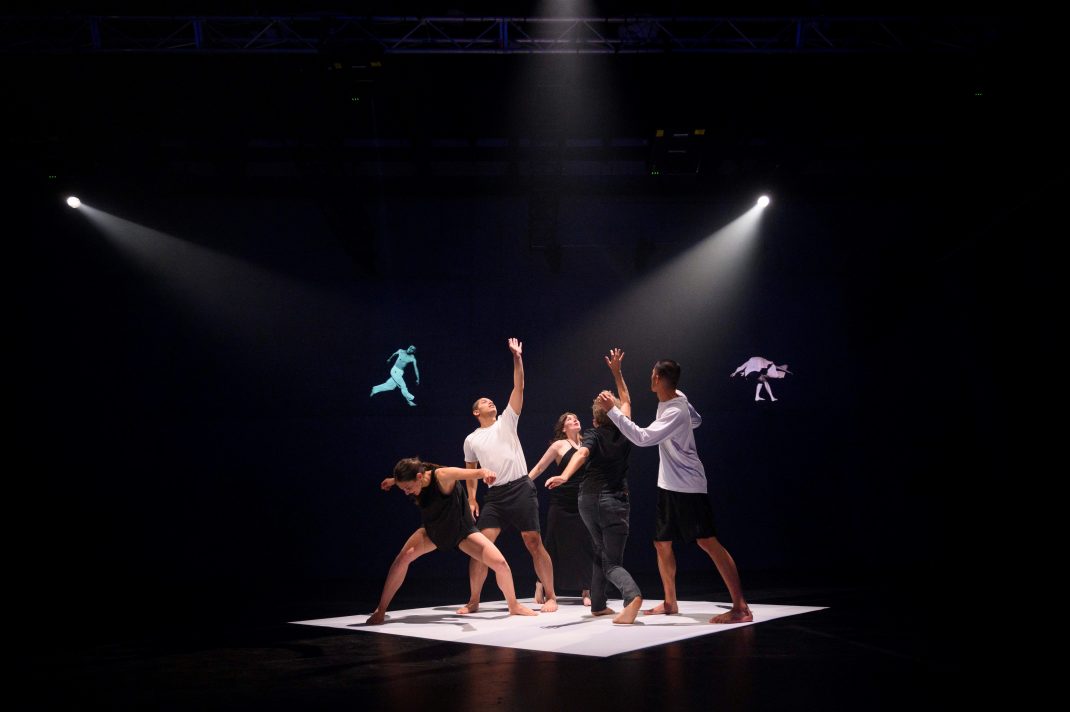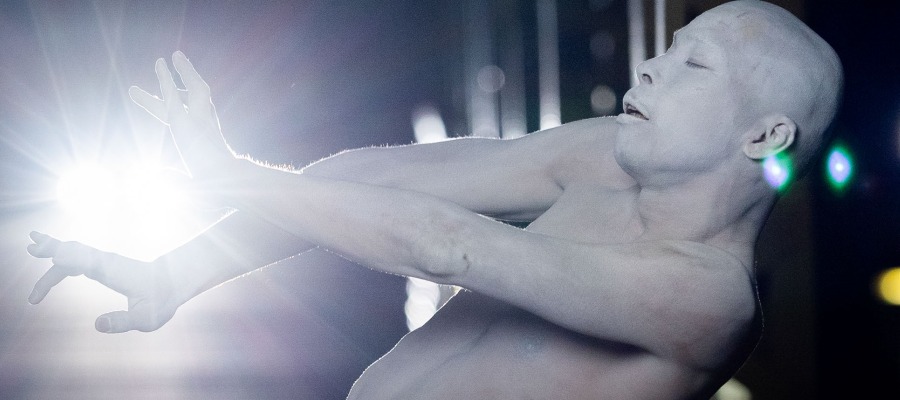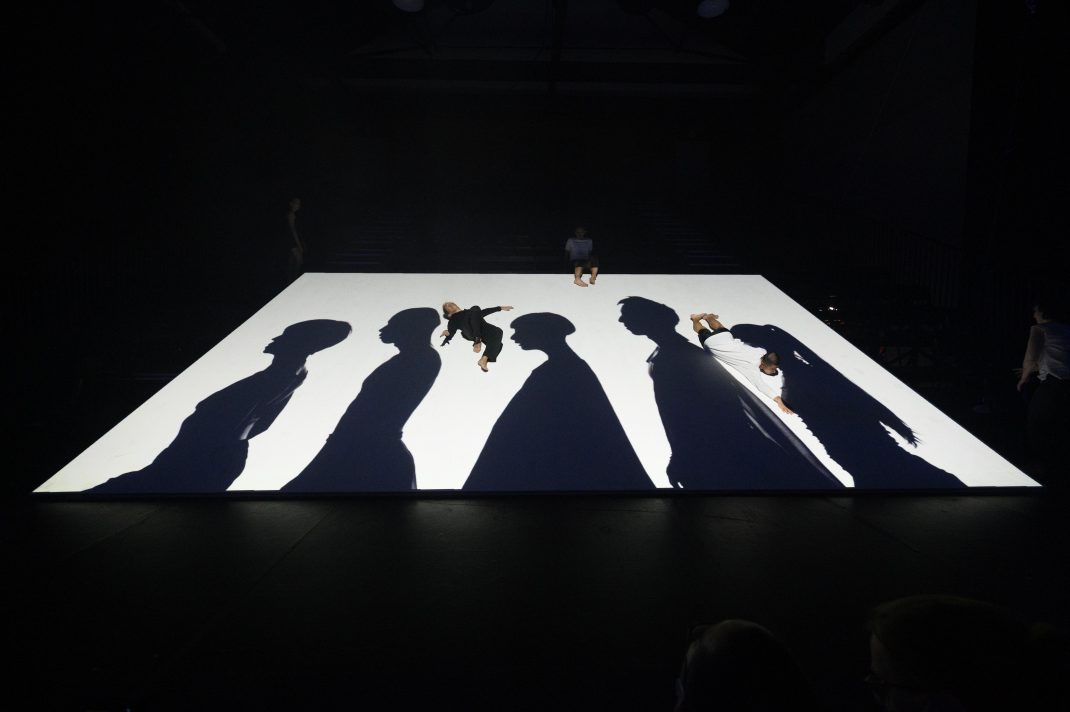What is it about Swan Lake? Looking back I have seen productions of this ballet across Australia and around the world. The Australian Ballet has had four different productions in its repertoire for a start—all quite different. Then I can’t leave out the production by the Borovansky Ballet in the 1950s and the two created in New Zealand that I came across while researching my recent book, Kristian Fredrikson. Designer. And I have seen European and English productions as well as some from the United States. Perhaps I’ve seen somewhere between 10 and 15 different productions. Then, just recently I watched A Swan Lake, choreographed by Alexander Ekman. It is 90 or so minutes long. Around the same time I watched Swan Lake Bath Ballet by Corey Baker, which is just over 3 minutes in length. These last two productions are quite unusual takes on the ballet we know as Swan Lake.
Back in 2016 I interviewed Ekman in Sydney for a story about his production of Cacti, which was being brought to Canberra by Sydney Dance Company. I recall the interview, and the rehearsal that I was privileged to watch, very clearly. Ekman was a charming interviewee, willing to open up about his work and full of laughter and jokes. I remember he said:
My work is entertainment. I take my interpretations from life, from the weirdness of what we do. I’m not just a step maker. I think I’m good at making situations.
Well A Swan Lake is certainly full of situations (some quite weird) and is also certainly entertaining in a kind of a way. Made in 2014 for Norwegian National Ballet and filmed that same year, it is in 3 acts, although Act III is VERY short. A Swan Lake is danced to a score by Swedish composer Mikael Karlsson, which in the first act features some occasional musical references to the Tchaikovsky score. In addition to the Norwegian National Ballet dancers, the cast includes children from the Norwegian National Ballet School, some actors and an opera singer.
Act I purports to consider the origins of the apparently ill-fated first production of the ballet in Moscow in 1877, which had choreography by Julius Reisinger. There were, also apparently, difficulties associated with other aspects of the production, including which ballerina would dance the leading role. The craziness that pervades Act I of A Swan Lake suggests the fiasco that many believe characterised the 1877 production. It features, for example, an assortment of people, extraordinarily dressed by Danish fashion designer Henrik Vibskov, constantly coming and going in and out of doors that comprise the set.
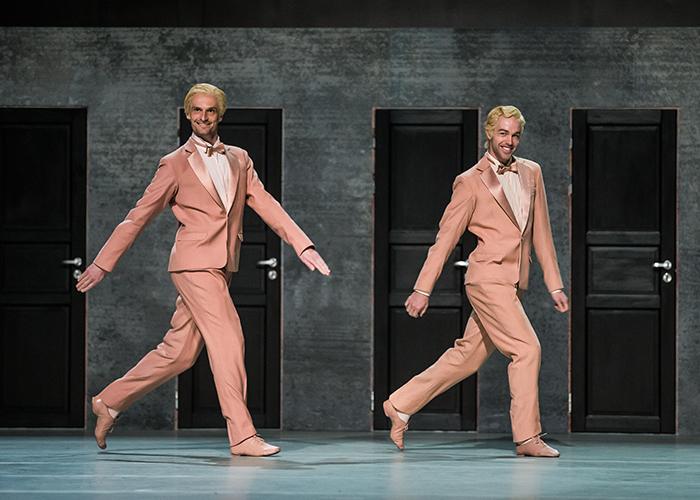
Perhaps the most interesting section in Act I, however, takes place between two actors with one (representing Reisinger?) trying to think up a story (eventually coming up with swans) and what steps would suit his choices. His attempts were constantly rejected by a man behind a desk.
I also wondered for a while about the opera singer who kept appearing in Act I and, after reading a little about the people involved in putting the 1877 show together, I discovered that, at the time, the Intendant (Administrator) of the Bolshoi Theatre in Moscow where the first performance was held was married to an opera singer. A situation from history not excluded by Ekman?
Act II (137 years later than Act I we are told) was set in a very watery environment. The stage of the theatre was flooded with water and, as if to show the passing of time, the choreography initially was slow motion as the water continued to fall. As time wore on the dancing made use of the watery environment and was very physical and of today (more or less). There were moments when a flood of rubber duckies fell onto the stage and other moments when Swan Boats transported people across the water, reminding me of the Swan Boats that carry pleasure seekers on a lake in the Public Garden in Boston, Massachusetts. (I was amazed to find that these pleasure boats, which I have to admit to having ridden, date back to 1877).
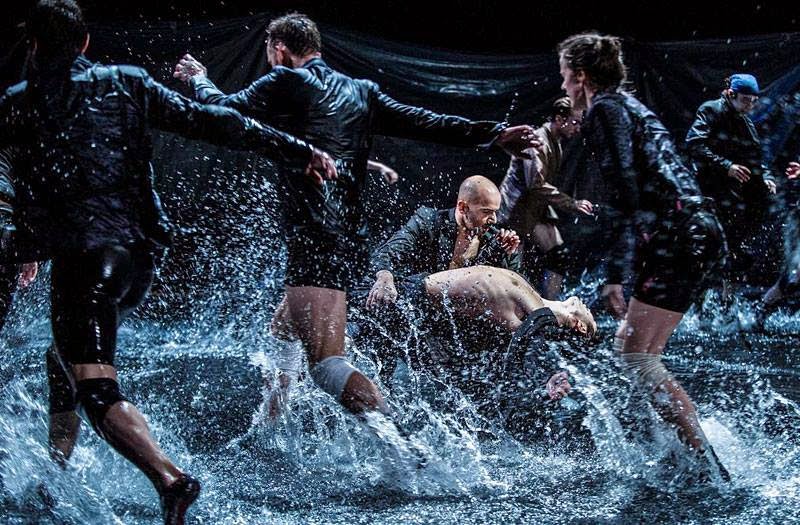
But the highlight of this act for me was the meeting in the middle of the watery stage of a black swan and a white swan. They wore a tutu skirt, a close fitting helmet-style headdress and a remarkable, almost architecturally designed bodice with an enlarged ‘hump’ at the back. The black swan was engaged at one stage in slapping the white swan hard across the face, while the white swan accepted her fate and simply placed her hands gently on the black swan’s face. Was this Ekman bringing in the theme of good versus evil that is part of the regular Swan Lake. Or did it relate to the apparent problems between ballerinas in relation to the 1877 production?
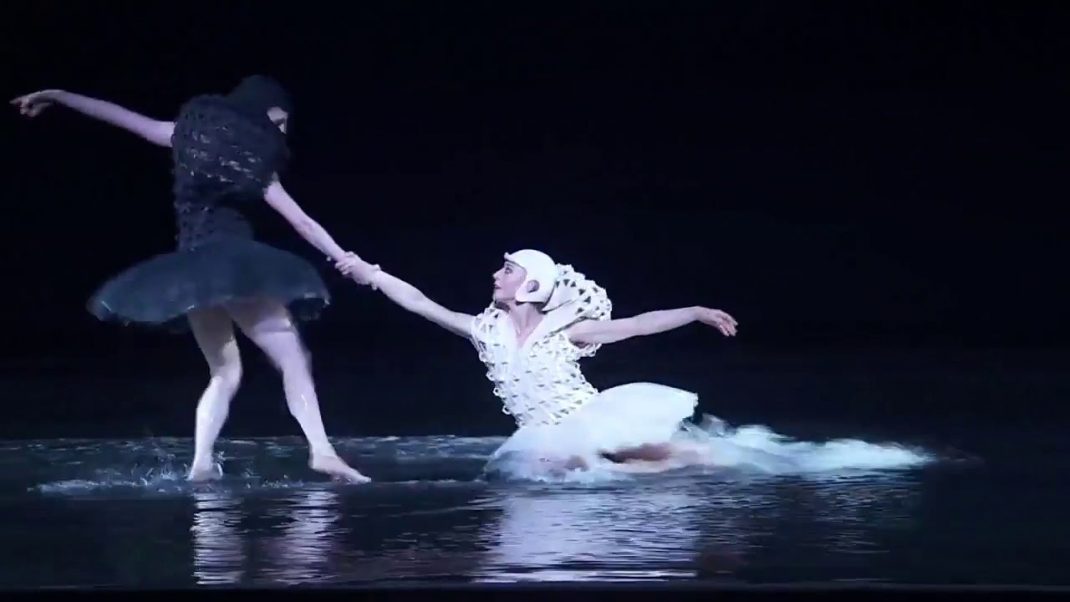
Act III lasted for about a minute. We were transported forward about 200 years and were treated to a brief dance by a robot with swan wings. Will someone still be making new versions of Swan Lake two centuries hence?
There is no doubt that Ekman’s Swan Lake generates a range of thoughts and ideas. Sometimes it is hilarious, sometimes it is hugely inventive, sometimes it causes many thoughts about history, choreography and repertoire. And it is entertaining in a Ekman kind of way.
But after this experience, as exhilarating (and exhausting) as it was, all I can say is that Swan Lake Ballet Bath was a relaxing, and quite beautiful experience. Created by New Zealander Corey Baker on 27 dancers from companies across the world, it was filmed entirely remotely during lockdown by dancers performing in their home bathtubs and filmed by them using mobile phones. And how impressive is the post production!
Watch below.
************************
A Swan Lake is available (with subscription) on Marquee TV. Swan Lake Bath Ballet is part of the Sydney Opera House’s UK/AU Digital Stream and was created as part of BBC Arts Culture in Quarantine.
Michelle Potter, 31 January 2022
Featured image: Swan Boats from Act II, A Swan Lake. Photo: Erik Berg
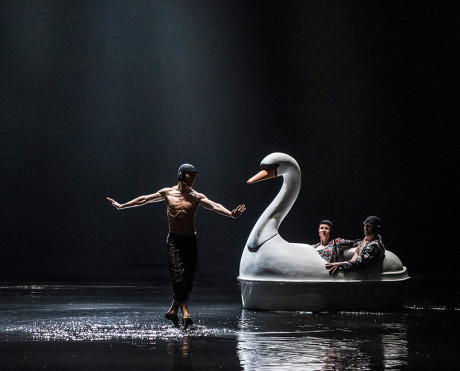
All photos from A Swan Lake by Erik Berg (permission requested and pending)
